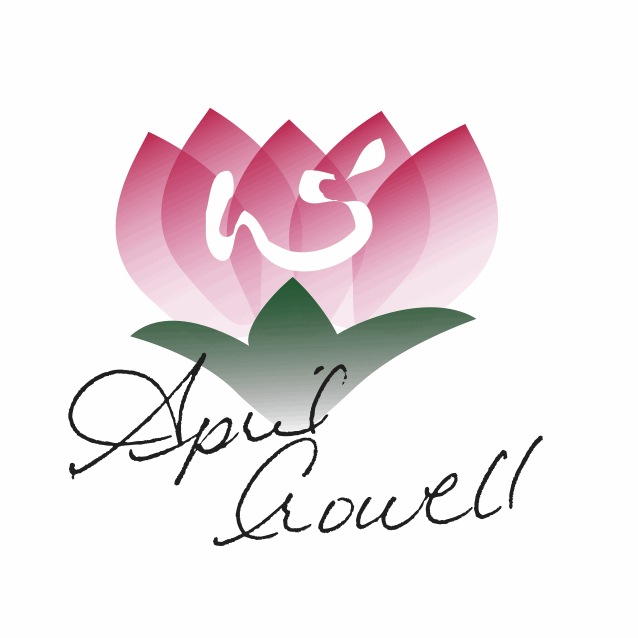Cinnamon - A Very Yang Spice
Oh, the wonderful, warming smell and taste of cinnamon. Who doesn't love it?
A little history
Like many things in the western culture, a lot of written history about cinnamon is viewed through the lens of the colonizers. The spice has been used in Asian cultures since time immemorial, so to say that it was discovered by the western world in 1518 when the Portuguese started trading in cinnamon is simply incorrect. The Portuguese trade for Ceylon isn't as romantic as we'd like it to be, it's actually one of slavery and colonizing, When the Portuguese 'conquered' the island of Kotto - what is present-day Sri Lank - they forced its inhabitants to harvest and process the cinnamon. This cruel, greed driven path closed Portugal's grip on the cinnamon trade. Not a pretty picture in history. The Portuguese would hold the trade on cinnamon for nearly a century until the Dutch came in around 1638. Over the centuries, we would see the control of cinnamon bounce from the Dutch to the English and its price going up and down based on the availability and access — in other words price depended on who was at war with whom.
The history of how cinnamon came to be in our cupboards is not pretty, fortunately we now have a thriving Fair Trade and organic market making this luscious herb readily available to us. And we have some delicious varieties to choose from so please choose wisely.
To the spice!
Ceylon (Sri Lanka) cinnamon—Is widely regarded as the true cinnamon. Its nature is slightly less sweet and spicy and lighter in color than the cassia cinnamons. Beautiful notes of citrus add a brightness to Ceylon cinnamon.
Cassia (Chinese) cinnamon — Often considered not a “true” cinnamon, the cassia cinnamons come from the bark of a tree that is closely related to the Ceylon tree. Cassia is likely the cinnamon you have in your cupboard as it is the most common, its sticks make for thick and hard tubes as compared to the Ceylon varieties that are softer, lighter and looser. There are a few subcategories of cassia cinnamons to expand your palette.
China Tung Hing Cinnamon — Sweet and rich with a sharp snap. Great for baking.
Korintje Cinnamon — Sweet and rich, this variety is a gentler and less heat than the other varieties. Great for mulled wines.
Saigon (Vietnamese) Cinnamon —This is China Tung Hing on steroids. It's the strongest of the cinnamons, with a powerful bite. It is also sweet and rich. Use at about 2/3 the amount for regular recipes unless they specifically call for Saigon cinnamon.
Asian food energetics of cinnamon
The energetics of foods tells us what actions they have on the body once they are consumed. Do they heat or cool, which organs do they enter, do they drain or moisten? To find out more about food energetics check out my chart.
Cinnamon is a hot, sweet pungent that is stimulating and tonifying. Let's break that down.
Creates strength, tonifies the Heart & Lungs, fortifies the body — Feeling puny? Might need a bit of cinnamon in your diet. Great for exhaustion, hypothermia, stress, overwork, cold patterns and collapse of Yang.
Promotes menstruation — Considered and empirical herb for women's conditions, cinnamon is very good at breaking up patterns of cold and static blood in the uterus which can cause painful cramping with clots and helps to regulate the menstrual flow.
Astringes and drains dampness, stops discharge — Chronic cold pattern diarrhea or vaginitis. Bleeding caused by deficiency, such as intermenstrual bleeding. This type of bleeding would be slow and trickling. Do not use in menstrual bleeding patterns where the blood flow is heavy, early and bright red.
Reduces pain — Cinnamon can help relieve pain anywhere in the body. Its warmth allows the Qi and Blood to flow in the channels. It's one of the primary ingredients of Kudzu Wind Releasing (Ge Gen Wan) for wind and cold in the neck and shoulder.
Promotes sweating, releases exterior wind, cold and damp — Cinnamon is a fantastic, strong diaphoretic and can be used at the onset of a cold or flu to open the pores and help you 'sweat it out'. This moves the Wei Qi (immune system) to the surface and helps push the pathogen out. Read more on Interior and Exterior patterns.
Helps treat parasites and infections — Use for chronic infections like bronchitis, sinusitis, cystitis, and skin infections.
Caution and Contraindications
Cinnamon is hot and very stimulating! Use with caution.
Avoid or use with caution if you have excess, hot patterns like Liver Yang Rising, Liver Fire, high blood pressure, hypertension, sensations of heat rising, heavy blood flow, early menses. Use with caution in pregnancy. As cinnamon is very heating, excess use of it can overly dry people with Yin deficiency, dryness or dehydration issues.
In small, regular doses a dash in your tea or on your oatmeal it will add a strengthening warming glow to your body. This is especially true if you have Yang collapse - your body won't be able to hold too much of any strong tonic in high doses. Slow and easy is essential here.
In high doses, for a very short period of time, we use it drive out colds and flu or treat hypothermia.
Ways To Use Cinnamon
Drink it — Cinnamon tea? Chai? Add a stick into mulling wine or cider. Add it into hot chocolate.
Eat it — Chicken? Spiced applesauce? Poached fruit? Sweet potato and black bean chili? (yes, really). Spiced Nuts? Add it to baked goods like pumpkin or sweet potato pie, or simply dash it over your favorite winter squash.
Smell it & use it for decorations — Yes, using cinnamon aromatically will start to convey some its energetics to you. I use the sticks in Christmas decorations and gift wrapping. Need to keep little hands busy? You can make a very simple ornament dough of 1 part applesauce to 1 part ground cinnamon. Roll the dough out to about 1/4 inch thick and cut out desired shapes with cookie cutters. Use a tooth pick to puncher a whole through the top, to insert a string for later. All the dough to dry in a well ventilated area. I usually just set it out for two or three days. You can also dry them in a very low temp oven. Once dry, paint them if desired and hang them on your tree.
Here's to your warming and strengthening with wonderful cinnamon.
April






